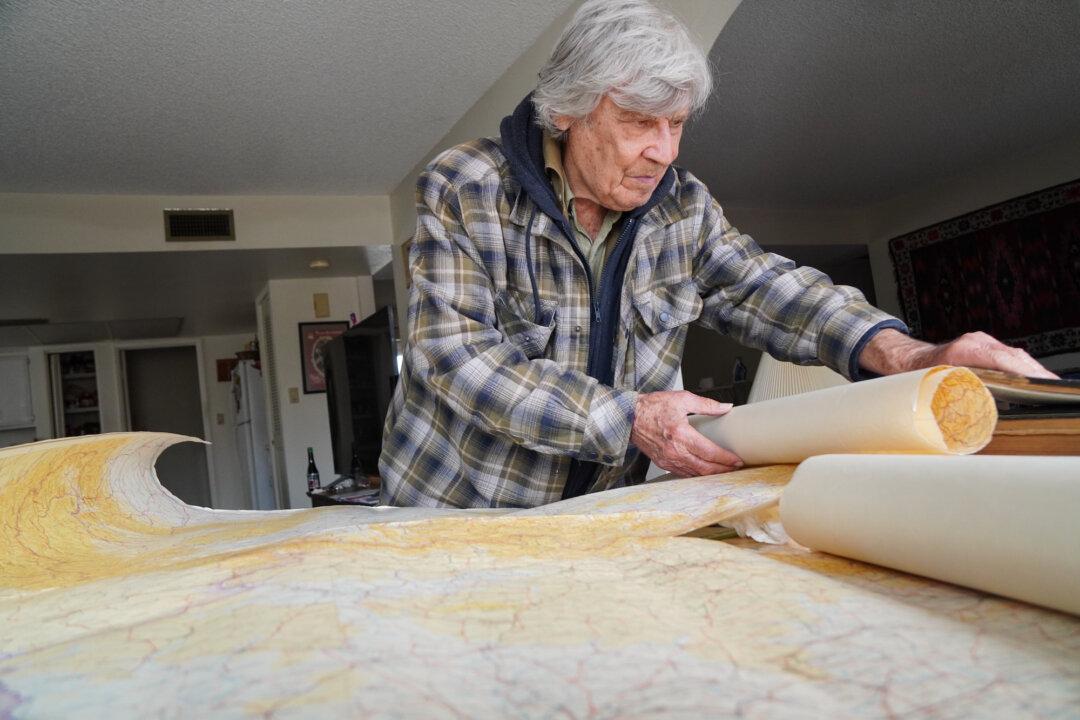PHOENIX—On July 5, George Ilinsky of Phoenix turns 92—fate willing.
And with that milestone birthday comes the sad realization that most people he has known and loved are gone.

PHOENIX—On July 5, George Ilinsky of Phoenix turns 92—fate willing.
And with that milestone birthday comes the sad realization that most people he has known and loved are gone.